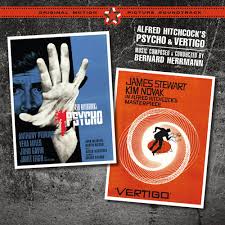Hitchcock as an Auteur: Infographic & Notes
Hitchcock as an auteur: - Late 50's: Studio system at height of development + on verge of changes that'd sweep it away by mid 60's - After years of success in film/tv: Hitchcock was household name & one of a few directors that largely gained independence from studio interfence - Late 50's: Hitchcock made films for most of major studios (usually on his terms) & recent hits included Rear Window - Hitchcock 'signature' = brief cameo in all his films. Below is every Hitchcock cameo ever. Hitchcock worked with close knit team of regulars he trusted to fulfil his vision of pure cinema: Robert Burks = DP George Tomasini = Editor Henry Bumstead = Art Director Bernard Hermann = Music Saul Bass = Titles Edith Head = Costume + worked repeatedly with certain stars (e.g. Cary Grant/James Stewart) & could hire any of the leading ladies of the day. Infographic of Hitchcock as an auteur: Pitch Deck Slides Business Infographic by Jordan
